
views
Preparing for Insight Meditation

Set aside a specific time. While insight meditation is about embracing that which is happening right now, and being openly aware of what draws your attention, meditation in general is less effective when it’s surrounded by distraction or obligation. An ideal time is before you have to do anything in the morning, when you first wake up. Start the process with a dedicated stretch of time – 15 minutes is a good starting point – to practice.

Find a quiet location to meditate. Suggestions from the Buddha are under a tree in the forest or a very quiet, isolated location. The key is to be somewhere you can be completely comfortable and away from as many distractions as possible. Being in a room alone may do the trick, but beware of sounds from adjacent rooms or from outside. A light, open room with plenty of space can aid in the meditation process, and an unkempt room can harm the process. Do not try to soundproof the location. Having some exterior sounds can actually aid the process.
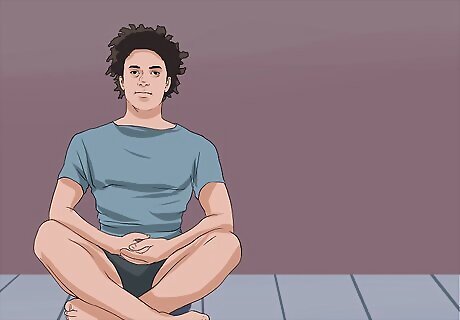
Sit in a comfortable position. Cross your legs and sit in an erect posture at roughly a 90 degree angle. Sitting for long periods with a curved back could cause pain or fatigue and distract you from the meditation process. An additional benefit is the core muscle focus required to sit straight for an extended period of time. If you have back issues, and a normal, crossed-leg position is uncomfortable, then using a chair may help you to get into the correct posture. To put your body at peace, you may have to sit for a long period of time. Ensure the position is one you can sit comfortably in for quite some time. Various meditation positions such as Half or Full lotus are also acceptable.
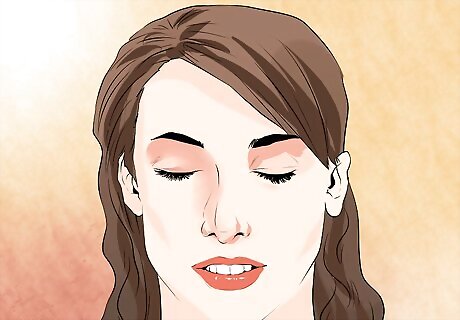
Close your eyes. Once you sit down and find your comfortable position, close your eyes and start relaxing. Closing your eyes will help you to reduce distractions and allow yourself to completely focus on mediation.
Focusing on Breathing

Start breathing normally. You do not have to change the way that you breathe. Just breathe naturally and think about the pathway of the breath moving from the nostrils, down your chest, filling your lungs and abdomen.

Focus on a portion of the breathing. Focusing on a specific part of your respiratory system, like your nostrils, lungs, or diaphragm, will help your mind to stay focused. It sharpens your attention. It’s possible to become somewhat sleepy when you are really focusing on breathing. Refocus your attention to the breathing, letting your mind and concentration take control.
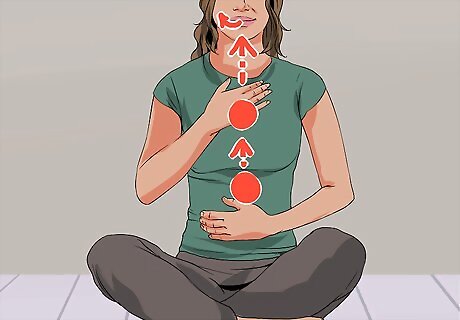
Find a beginning, middle, and an end to the breathing. Awareness of the different sensations during the breathing process, how the chest and abdomen rise and lower, should be continuous. Do not segment the breathing just so you can identify each part or each muscle movement. Instead, just breathe deeply and identify when each part is happening. It may help to associate the process with simple words or phrases (e.g. full, empty, high, low) and think about them while breathing. Sometimes placing a palm on the abdomen helps focus on the breathing.
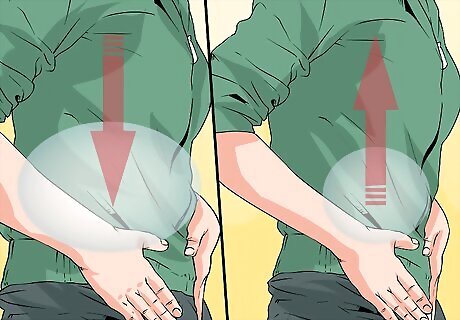
Visualize the abdomen rising and falling. Do not focus on the muscles or the abdomen itself. Think about the movement on the outside of the abdomen. Imagine the movement going forward and backward, as if there were a general line at the starting and ending point. Think of this process as a buoy’s movement in the water. When focusing on a buoy, you notice the movement of the buoy. It floats up and down, and you hardly notice the actual water forcing the movement.
Overcoming Distractions While Meditating

Focus briefly on distractions. Whenever there is an outside noise, any sort of disturbance, you should consciously and immediately focus awareness towards that sound. Just as you labeled the rising and falling of the abdomen, label the exterior sound in your mind.
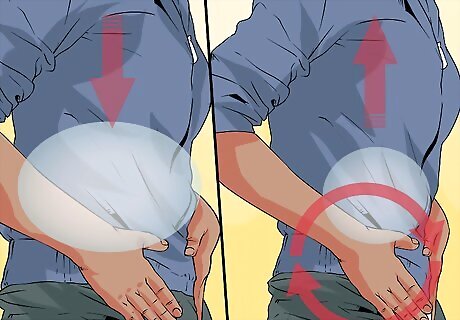
Set meditation minimums. If your mind is playing tricks on you, or convincing you to stop, you may need to set a specific limit or focus. Avoid the internal distraction by telling yourself to meditate for just one minute per day without distraction. Or try to focus solely on a single rise or fall of the abdomen. Repeat the process until you’re in a natural rhythm and can expand into longer periods of meditation.

Return to breathing. Once the disturbance is noted and labeled, and your meditation is focused, return to breathing. It’s possible for the meditation process to bounce back and forth from distraction to breathing fairly regularly. Remain undistracted by living in the current moment, embracing interaction, and allowing a connection between breathing and the outside world to occur naturally. The process can be free of thought, just allowing the mind to focus on the surroundings. If you’re distracted, refocus on your breathing until you can establish a calm understanding of smaller sounds around you.












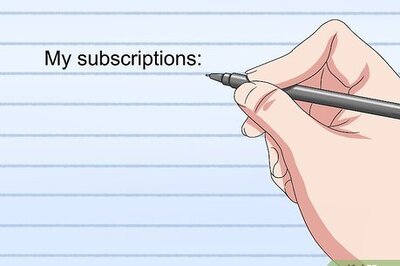


Comments
0 comment